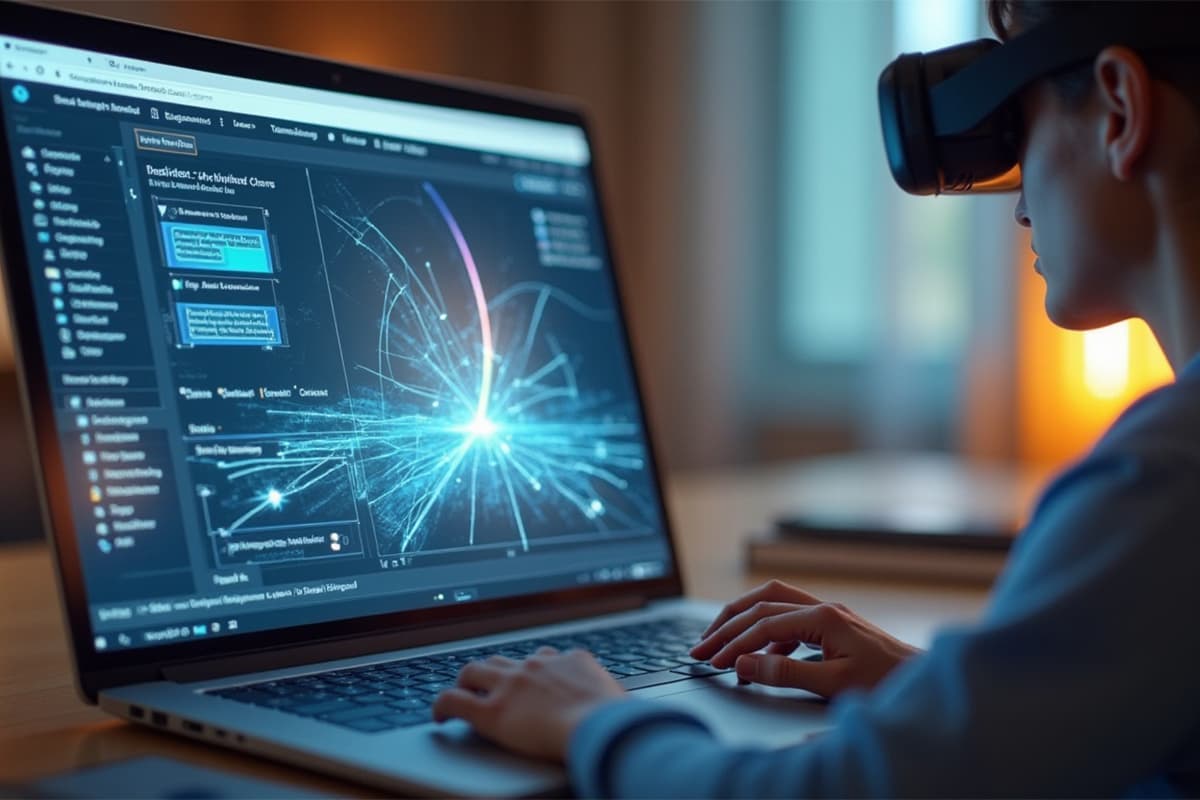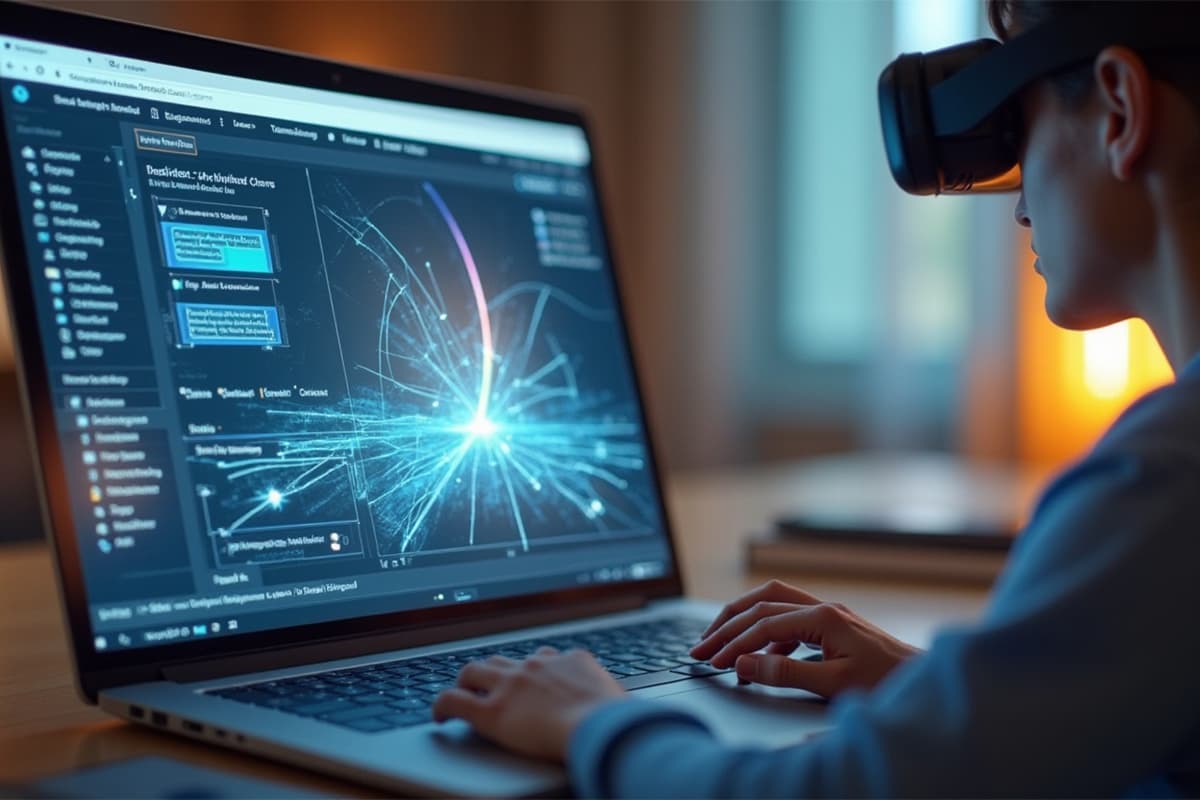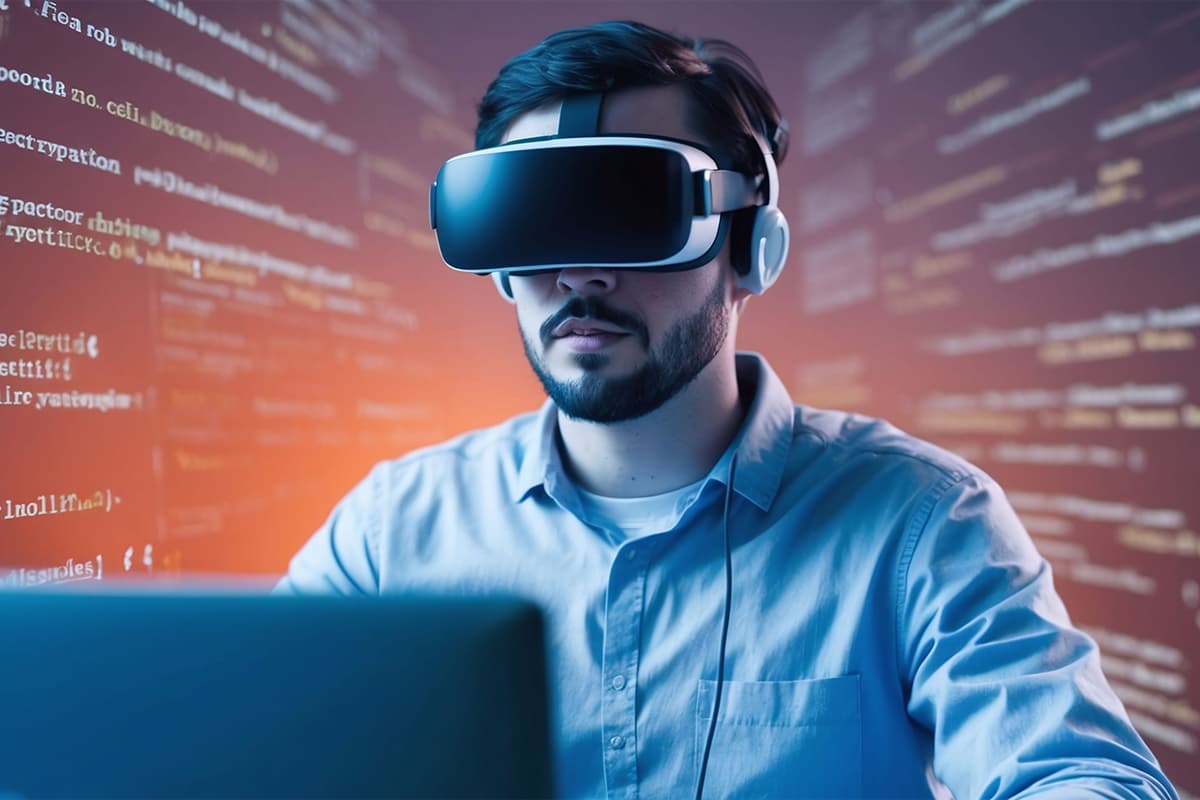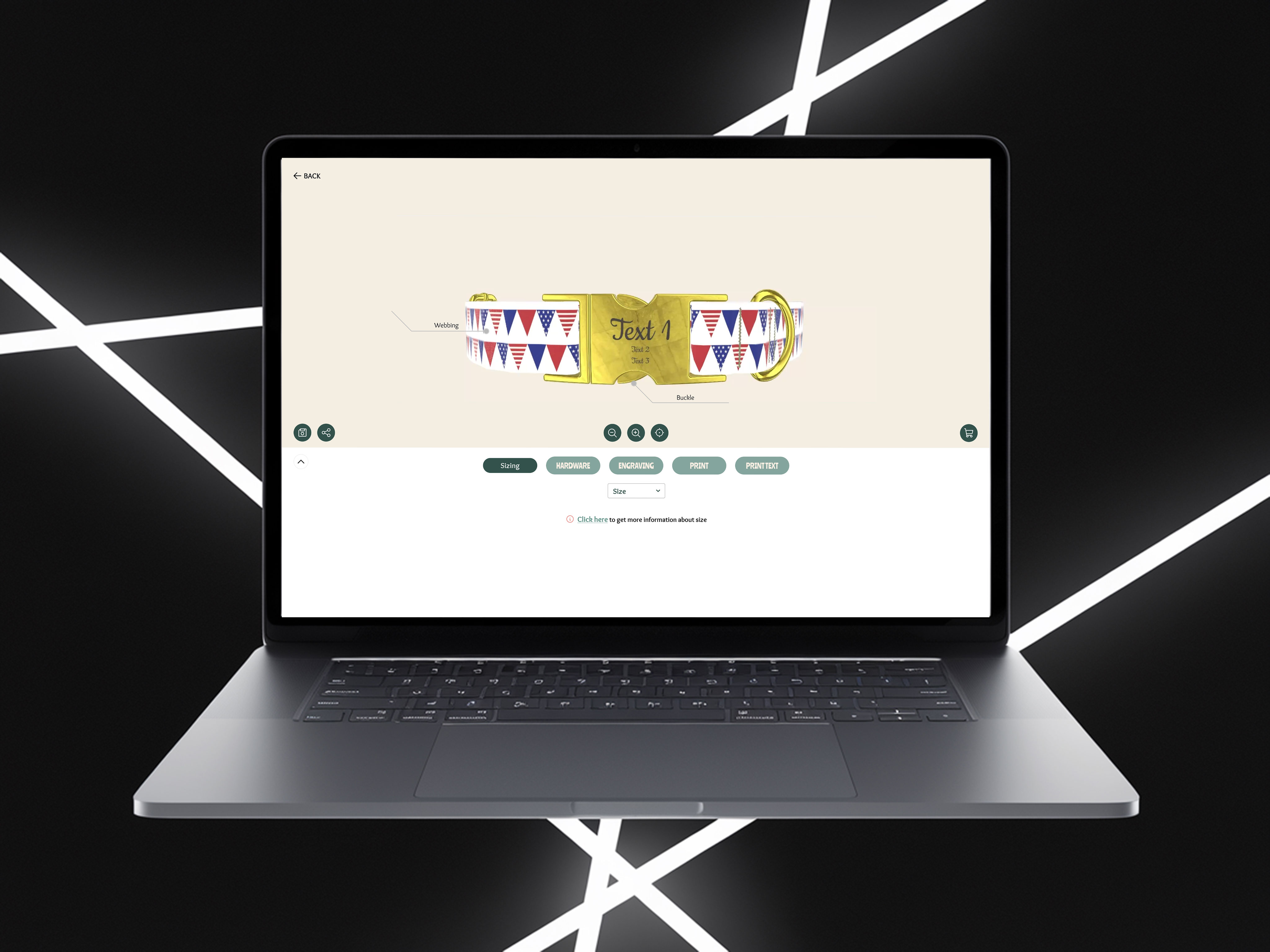AR/VR Simulation Solutions
HexaCoder Technologies delivers immersive AR/VR Simulation and Development services, crafting interactive Augmented and Virtual Reality experiences tailored to your needs. Our expert consulting and custom solutions leverage cutting-edge AR/VR technologies to create realistic, engaging simulations across industries. From mixed reality consulting to full-scale AR/VR implementations, we bring your vision to life with innovation and precision.
Transform Your Product Experience with 3D Configurators & Digital Twins
Empower your customers with interactive 3D configurators and cutting-edge digital twin solutions for enhanced decision-making.

Delivering Impactful AR/VR Training Solutions




Unleash the Potential of Virtual and Augmented Reality for Training
We specialize in creating transformative AR/VR training experiences that go beyond traditional methods, offering interactive and memorable learning opportunities.
Our Available Solutions
Startup Solutions
For startups, we offer cost-effective entry into AR/VR training, providing foundational simulations for core skills and onboarding to accelerate team competency and growth.
Business Solutions
Businesses can leverage our AR/VR solutions for standardized training across departments, enhancing employee skills, improving safety protocols, and boosting overall productivity and efficiency.
Enterprise Solutions
We develop scalable and complex enterprise-level AR/VR training platforms for advanced skill development, intricate simulations, remote collaboration, and data-driven performance management.






Immersive AR/VR Training & Simulation
Explore Our Portfolio



Why Choose Our Training and Simulation Service?
We deliver innovative and impactful AR/VR training solutions, tailored to your unique needs, ensuring a superior learning experience and measurable business outcomes.
Your industry, our tailored solutions
We have a pulse on business trends and market developments to help you become an industry leader!





Start growing your business with us
Testimonials






